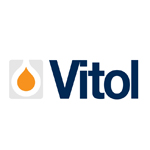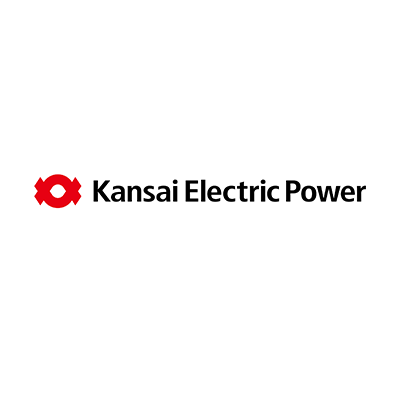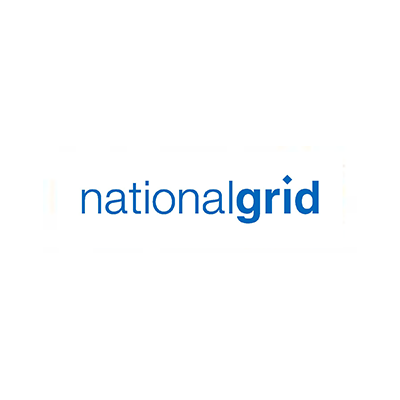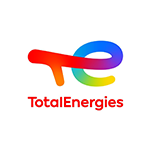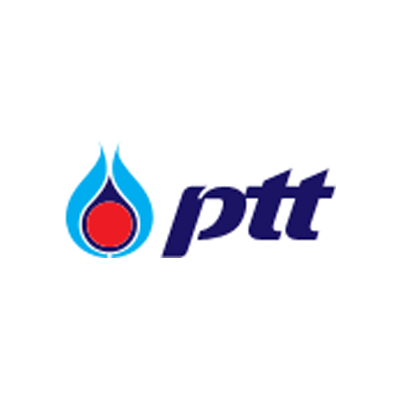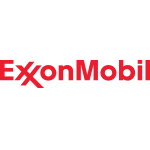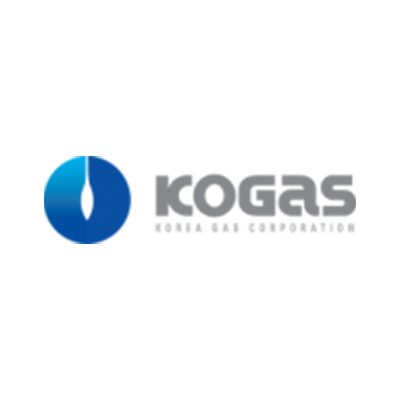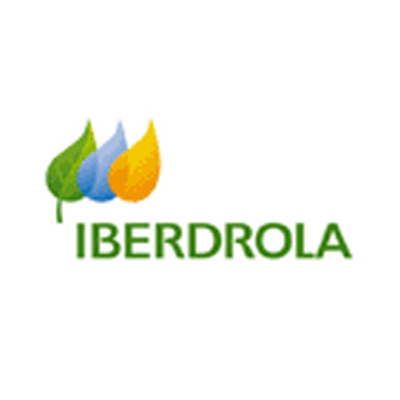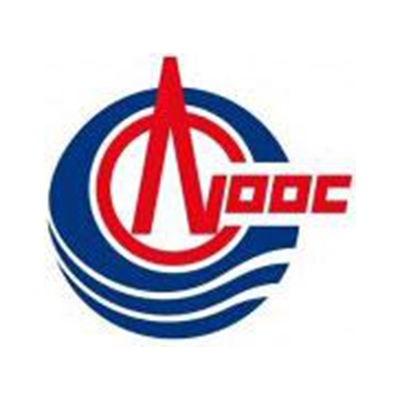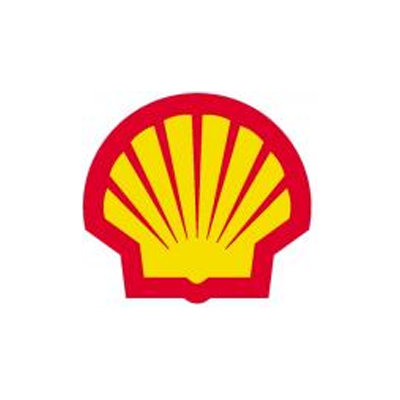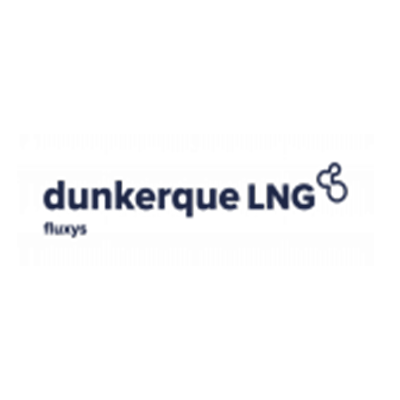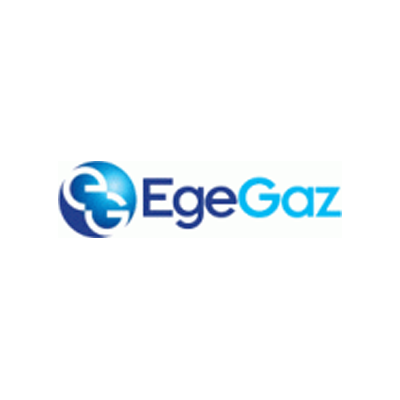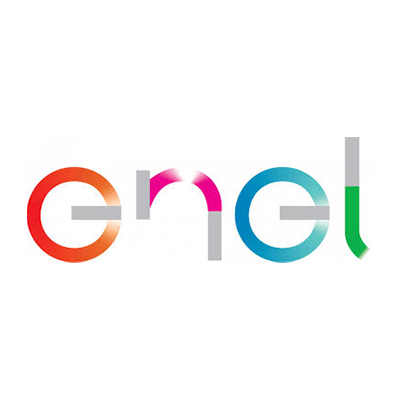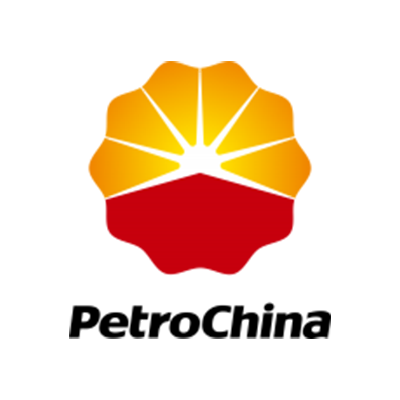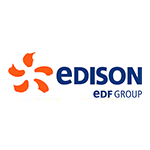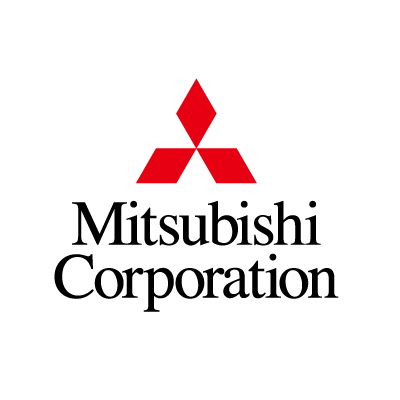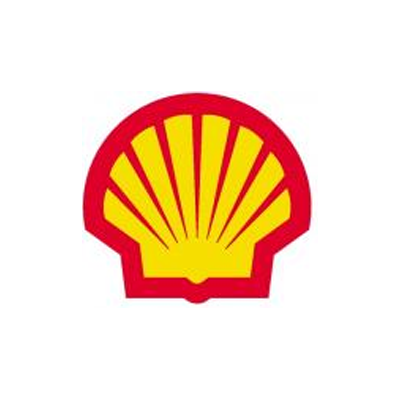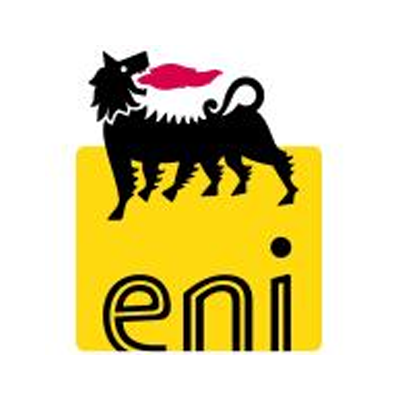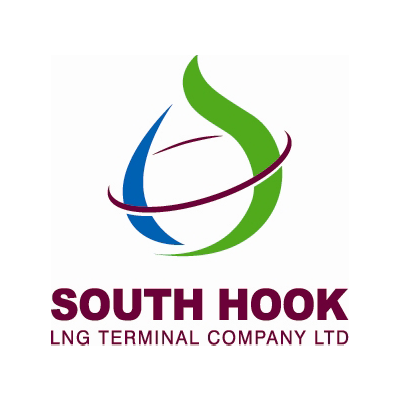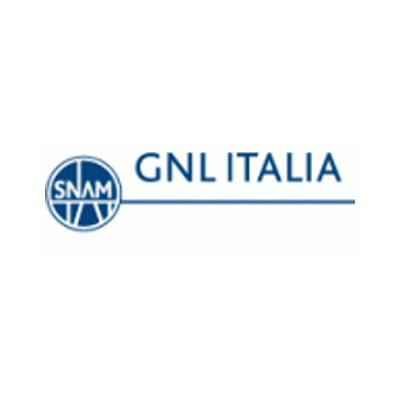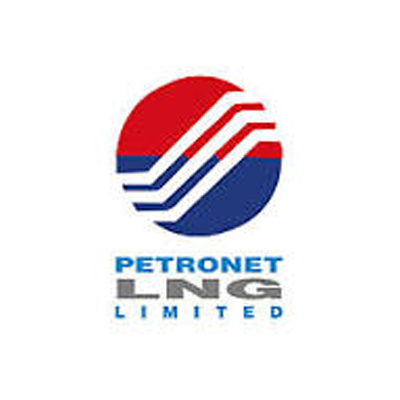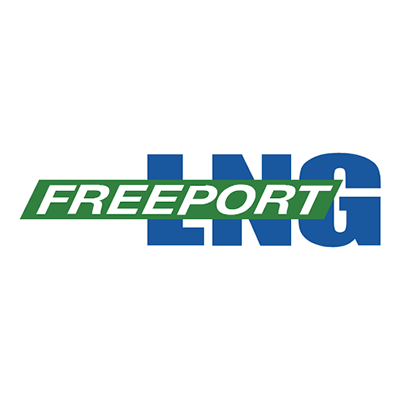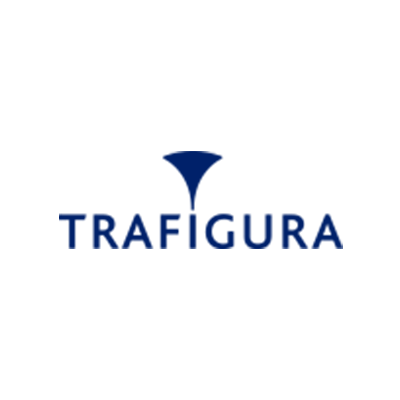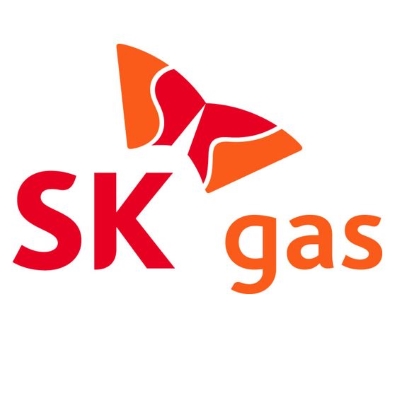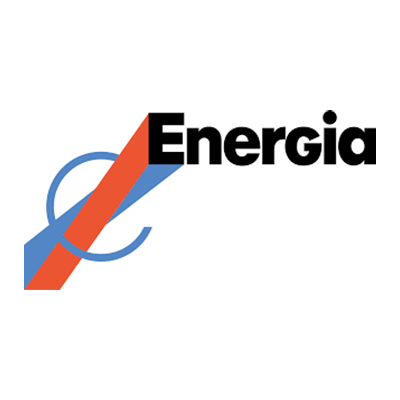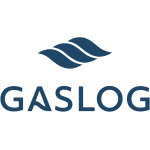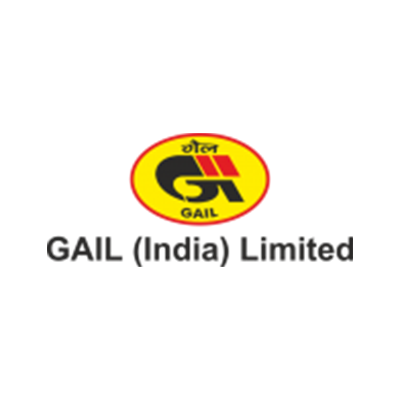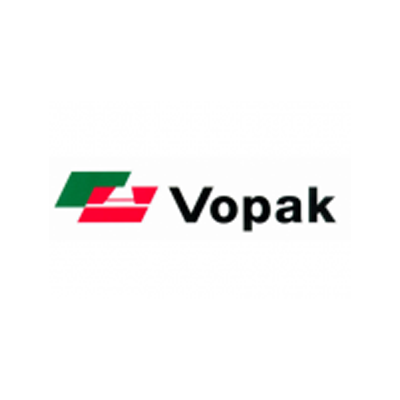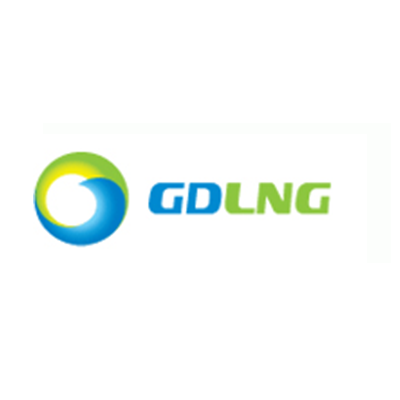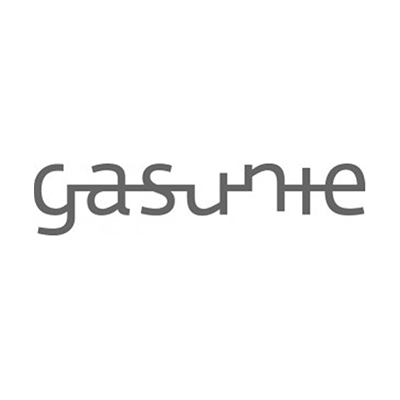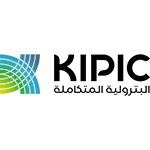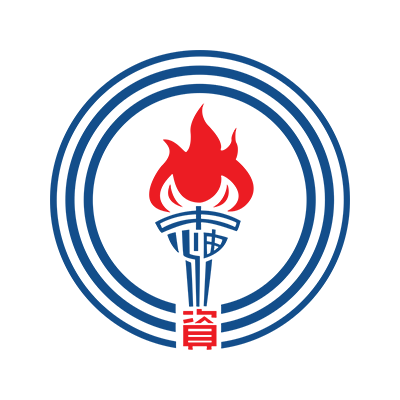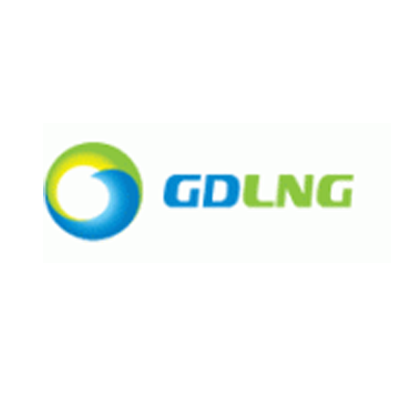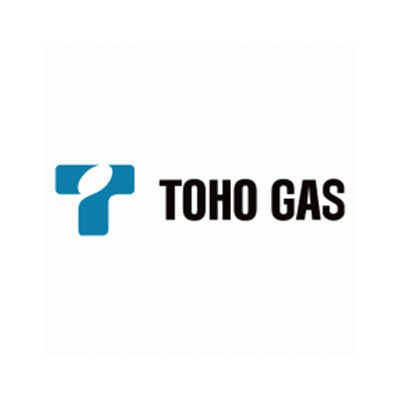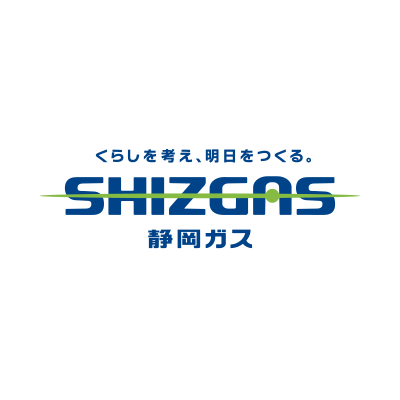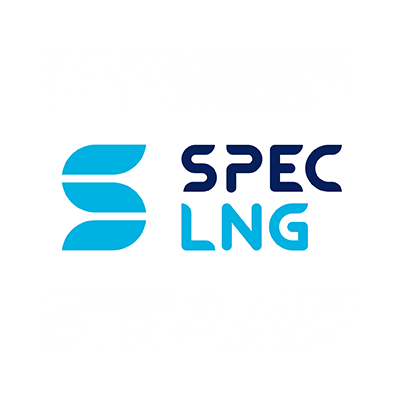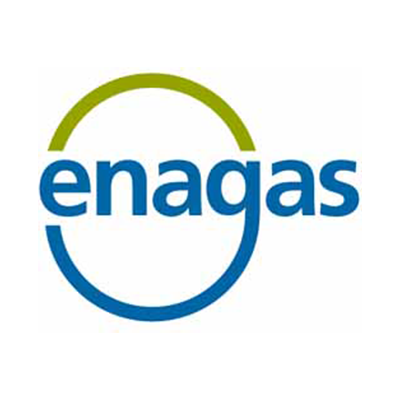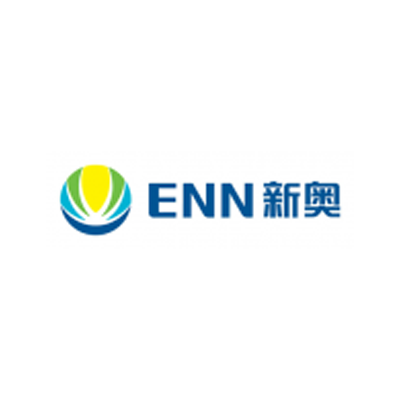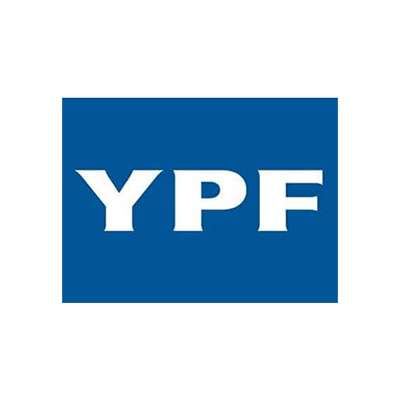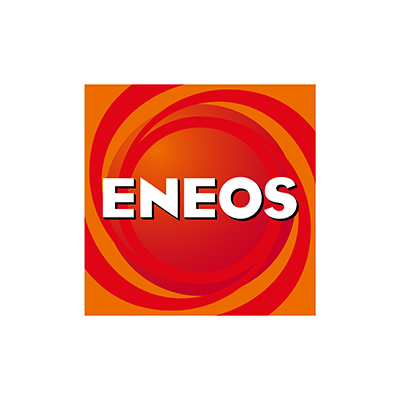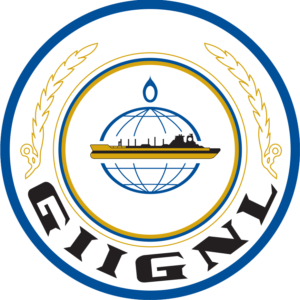Market Trends
Global LNG Trade
In the last 50 years, LNG trade has grown on average at 10% per year, from 2.6 MT in 1971 to 389.2 MT in 2022. The growth was steadily positive (except 1980-81 and 2012) with 40% of the time double-digit growth rates.
The cumulated number of LNG deliveries exceeded 122 000 in 2022.
In 2022, LNG has been delivered to 45 different markets around the world. The number of LNG importing markets has been multiplied by 5 since the 1990s with the most significant additions in the 2009-2016 period.

There is a growing need for market flexibility, which has led the share of spot and short-term LNG trade to increase from 5% in 2000 to 35% in 2022.

LNG Infrastructure
Global liquefaction capacity stands at 476 MT.
During the last 30 years the number of exporting countries has more than doubled, leading to an increased diversification of supply sources.
While liquefaction capacity has grown steadily over the years, 2016-2018 were marked by an acceleration of the liquefaction capacity growth. This was primarily due to the rise of the USA as an LNG exporter, and expansions in Australia and Russia.

Global regasification capacity stands at 1068 MT, of which 143.1 MT is floating-based, i.e around 13% of total regasification capacity.
While regasification capacity gas been growing steadily, the highest growth rates were observed in 2005-2009, with 13% per year on average. In 2022 the growth rate was around 8%.
The majority of regasification capacity to be built is located in Asia.

Source of LNG Imports
Asia is the leading importing region. The largest Asian LNG importers are Japan, China, South Korea, India and Taiwan. In 2022, Asia imported 251.9 MT, accounting for 65% of global LNG imports.
Historically, the Asian continent was driving demand growth, notably led by growth of LNG imports into China. In 2022, Europe took the lead and increased LNG demand to substitute pipeline gas imports.
In 2022, Europe imported 120 MT of LNG. The main importing countries in 2022 where France, Spain and the United Kingdom. Europe acted during the past years as a balancing market, but in 2022 it was the key demand center.
In 2022, America, driven by Chile, Brazil, and Argentina imported 10.9 MT, and the Middle East and Africa imported a combined 6.7 MT.

In 2022 the Pacific Basin accounted for 147.9 MT with 38% of global LNG supply, the Atlantic Basin 145.7 MT and the Middle East 95.6 MT.
While the Pacific Basin remains the largest source of LNG supplies, the supply from the Atlantic Basin is growing, thus narrowing the gap between both basins. After years of expansion of Pacific supply (since 2016), suppliers from the Atlantic basin are strengthening their share with US and Russian LNG.

LNG Routes

Additional supply from the Atlantic Basin has led to the emergence of new trading patterns:
- Balancing between Europe and Asia is provided by swing LNG suppliers (such as Qatar and the USA).
- While Yamal LNG volumes are mostly destined for Europe, flexible US LNG volumes get delivered to either Europe or Asia depending on market conditions.
- Australian supply underpins Asian growth.

Contracts
Long-term contracts represent the greatest share of contracts signed, but their time duration has been reduced over time. The average length of contracts is cyclical, meaning longer term contracts are signed for new projects to guarantee project economics, while expiring contacts are replaced by shorter ones.
2022 outperformed 2021 in terms of volumes of signed contracts.
- 2022 shows a return to longer term contracting compared to two previous years of Covid.
- Portfolio players and trading companies play a growing role in new contracts.














